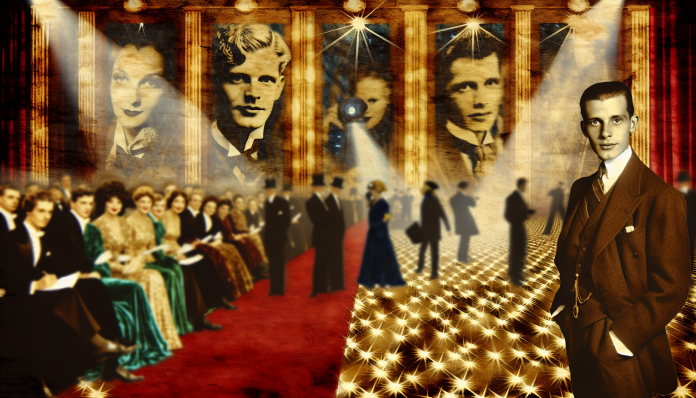Elizabeth Taylor, an icon of 20th-century cinema, is perhaps as well known for her tumultuous personal life as she is for her talent on the silver screen. A figure of glamour and grace, Taylor’s romantic entanglements and high-profile divorces are a captivating part of her legacy. During her lifetime, she witnessed—and often found herself at the center of—changing societal norms and attitudes surrounding love and marriage.
The Scandal
Taylor married seven times, but her most scandalous relationships were undoubtedly with her second husband, Michael Wilding, and her third husband, Mike Todd. In 1957, a shocking event rocked the Hollywood community when Taylor announced her intentions to divorce Wilding after five years of marriage. This was her first dive into a world of public scrutiny—a world where personal choices became the fodder for tabloid headlines.
The scandal intensified after her marriage to Todd in 1957, a union that symbolized both ambition and tragedy. Todd was a Hollywood mogul and a significant figure in Taylor’s life, often described as the love of her life. Tragically, his death in a plane crash in 1958 left her grief-stricken. Just months after Todd’s passing, Taylor’s relationship with actor Eddie Fisher sparked public outrage. Fisher was embroiled in a scandal of his own, having left actress Debbie Reynolds for Taylor. This sensational love triangle captured the fascination of the American public and painted Taylor as a homewrecker in the eyes of many.
Quotes from the time illustrate the intensity of the public’s fascination: “She’s a widow who’s doing as she pleases,” said columnist Louella Parsons. “But does she have any love left for anyone but herself?” The scandal thrust Taylor into an unprecedented level of media attention, marking the beginning of a relentless scrutiny that shaped her public persona.
Moral and Cultural Analysis
The reactions to Taylor’s divorces were symptomatic of the conservative societal norms of the 1950s and early ’60s, a time when divorce was often viewed as taboo. As an actress who defied the traditional expectations of marriage, Taylor faced condemnation. Critics labeled her as promiscuous, and the label of the “other woman” followed her, particularly in the wake of the Fisher-Reynolds debacle.
Consequences for Taylor included public vilification and a significant turnover in her public image. Once viewed as the epitome of glamour, she became a contentious figure, representing the clash of old moral codes with the emerging freedoms of the modern age. In 1962, amidst the whirlwind of her love life, she finally married Fisher, though their relationship quickly unraveled, culminating in yet another divorce.
In today’s context, Taylor’s story is likely to be viewed with significantly more empathy. Contemporary audiences may admire her unapologetic pursuit of love, seeing her relationships as complex rather than simply scandalous. Modern views on divorce have evolved substantially, and the stigma that once surrounded it is less pronounced. Today, Taylor may be celebrated for her resilience and determination to seek happiness on her own terms, rather than criticized as a figure of controversy.
Thus, Elizabeth Taylor’s tumultuous love life and her high-profile divorces do more than just tell the story of a Hollywood star; they serve as a lens through which to examine the shifting cultural attitudes toward love, marriage, and personal fulfillment across decades. Taylor remains a fascinating figure, not only for her cinematic contributions but also for the way her life encapsulated the evolving landscape of personal and romantic relationships in America.

